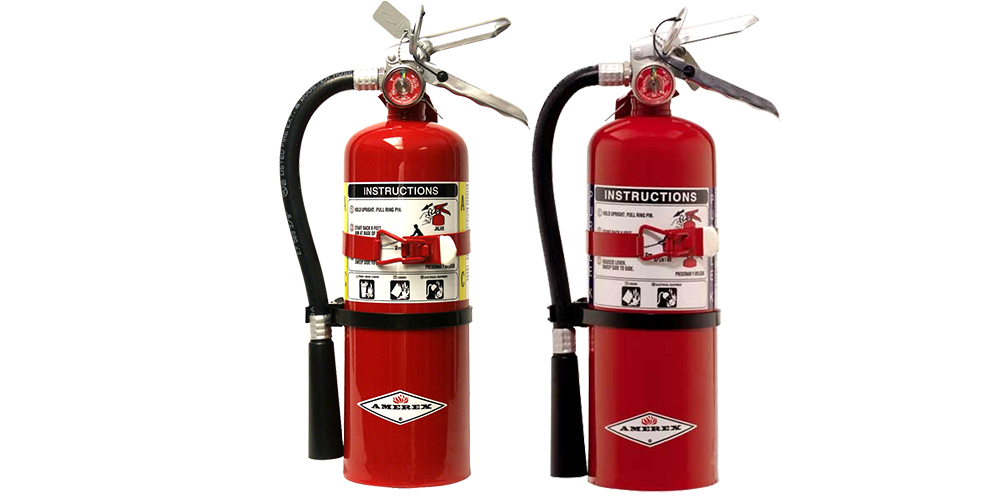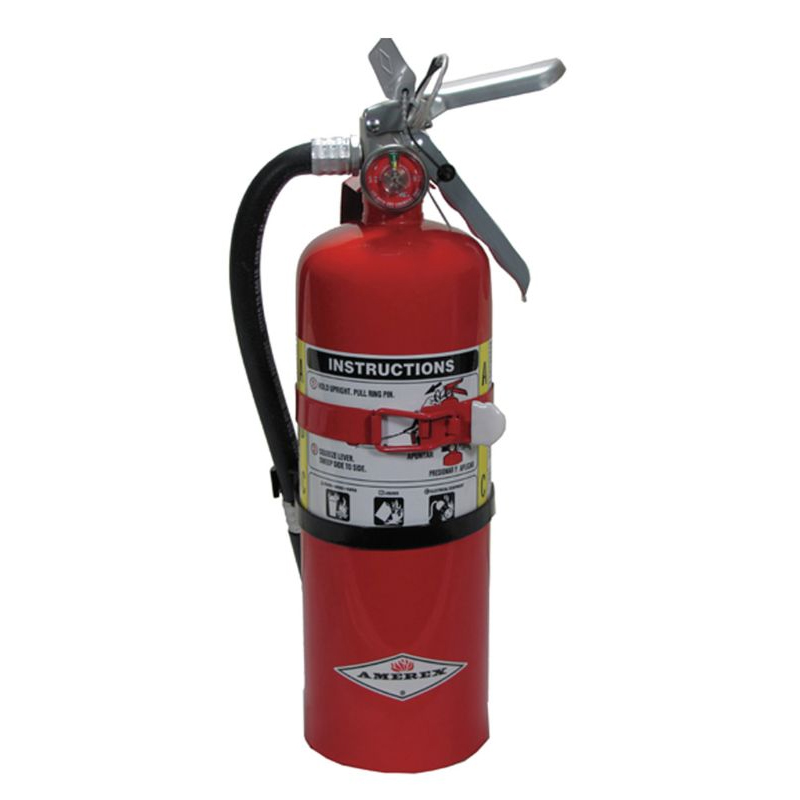
Failing to use a non-conductive extinguishing agent can be extremely dangerous for electrical fires. This is incredibly important and is always worth double-checking. Make Sure That the Fire Extinguisher Actually Has a Class C Rating The following are some of the most important and often overlooked tips for using a Class C fire extinguisher: 1. While using a Class C fire extinguisher is similar to using any other type of fire extinguisher, there are specific requirements and safety precautions you should adhere to. Tips for Using a Class C Fire Extinguisher Using a non-Class C fire extinguisher can spread the fire, but it could result in mild to severe electrical shock to the fire extinguisher user. A short circuit, overloaded outlet, or accidental electrical malfunction often causes these fires.Įven if the fire has spread beyond the electrical equipment and is not burning other fuels, using a fire extinguisher that relies on a liquid-based conductive extinguishing agent can be dangerous. This can include exposed wiring, commercial and residential electrical appliances, large electronic devices, electrical motors, and electrical machinery and tools. It can put out electrical fires without damaging any surrounding equipment not damaged by the fire itself.Īs discussed above, fire extinguishers with a Class C rating are suitable for fires involving energized electrical equipment, but what exactly does that mean? Basically, any fire that involves or was started by electricity should be extinguished with a Class C fire extinguisher. This is because they use a non-conductive gas to extinguish the flames, so no chemical residue is left behind.

Clean Agent – Clean Agent Class C fire extinguishers are relatively new, but they are becoming common, especially for businesses and organizations using sensitive electronic equipment.

While Class C halon fire extinguishers were common and effective, they are beginning to be phased out due to environmental concerns. Halon – Halon works as an extinguishing agent by interrupting the chemical reaction that occurs during a fire.They can also be effective against Class B fires involving flammable liquids and gases. Since carbon dioxide is a non-conductive gas, it is also safe to use on electrical fires, which is why it is a common type of Class C fire extinguisher. Carbon Dioxide (CO2) – Since all types of fires require oxygen to keep burning, carbon dioxide fire extinguishers replace the oxygen and ‘starve’ the fire.As the name suggests, they can handle Class A, B, and C fires and are incredibly This also explains why they are a popular option in so many commercial and industrial buildings. ABC Dry Chemical – These fire extinguishers contain a dry chemical powder that smothers the fire and lowers the temperature of anything it touches.The following are the most common options: While all Class C fire extinguishers are designed for the same basic purpose, this classification has several types. These chemicals can smother the fire without allowing spreading the fire or putting the fire extinguisher user at risk of electric shock. These fires can also result in electric shock and electrocution if someone attempts to put them out with water or a non-specialized fire extinguisher.Ĭlass C fire extinguishers use non-conductive extinguishing agents, such as dry chemical powders, to handle electrical fires. Since most fire extinguishers rely on a liquid-based extinguishing agent, they can worsen an electrical fire. Since these types of fires involve high-voltage electricity, they are incredibly dangerous and difficult to extinguish without the correct equipment. Let’s dive right in! What Is a Class C Fire Extinguisher?Īs mentioned above, a Class C fire extinguisher is a unique piece of fire safety equipment designed to extinguish a fire involving energized electrical equipment.

To help you understand how you can respond to the unique dangers presented by Class C fires, we will explain what a Class C fire extinguisher is used for, when they should be used, and where you can order your own!

Since water and other liquid extinguisher agents can conduct electricity and worsen things, Class C fire extinguishers are essential in locations where large-scale electrical equipment is used. Not only is it essential to use the correct type of fire extinguisher to put out a fire quickly and efficiently, but using the wrong classification of fire extinguishers can even be dangerous, as it could cause the fire to spread!Īs you would expect, Class C fire extinguishers are designed for use on Class C fires involving electrical equipment. This means they specialize in dealing with fires fed by various fuels. While you may assume that all fire extinguishers are the same, different fire extinguishers are designed to deal with different types of fires.


 0 kommentar(er)
0 kommentar(er)
